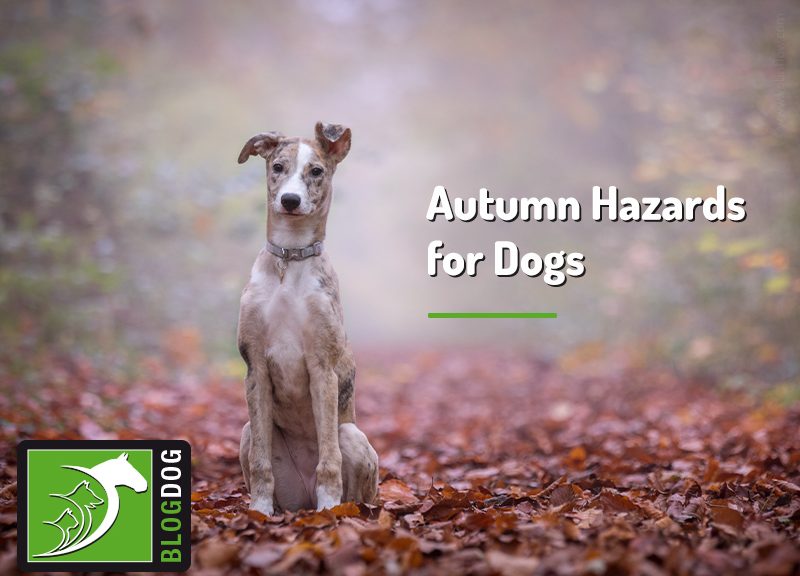With the beautiful weather we’ve been having lately, we feel this is the perfect opportunity to share with you our top three tips to help you enjoy Summer with your four-legged companions.
#1: Keep your pets protected from heatstroke
As usual, prevention always comes first!
Heatstroke occurs when your pets overheat in such a way that their physiologic cooling mechanisms are not sufficient to bring their body temperature back to normal. This can be extremely dangerous and even life-threatening.
There are a number of precautions you can take to avoid heatstroke, the most important being:
- Ensuring that your pets have access to well-ventilated, shaded areas at all times.
- Avoiding taking your dogs for a walk or exercising your horses during the hottest hours of the day.
- Making sure fresh, clean water is always available.
Dogs and cats are usually more easily and severely affected since they cannot sweat like horses. As such, signs of heatstroke also tend to be more evident in small animals than in horses, which may only show signs of some distress.
Signs of heatstroke in dogs include excessive panting, excessive salivation, restlessness, incoordination, confusion, weakness and collapse. In cats, the signs are the same, though they tend to be more subtle. However, if your cat is breathing with an open mouth, this is always indicative of a problem, so don’t hesitate to contact your vet for advice.
Keep in mind that some animals are more susceptible to heatstroke than others, and predisposing factors include:
- Medical conditions
- Obesity
- Thick/dark coats
- Flat faces – brachycephalic breeds
- Age extremes
- Strenuous exercise
- Dehydration
Which brings us right into our next tip.
#2: Staying hydrated
Water is the major component of our pets’ body, which is the same as saying without water, there is no life.
As water takes part in so many vital functions in our pets’ metabolism, including temperature regulation, making sure our pets stay hydrated should be a priority to every owner.
So, what can you do to make sure your pet stays hydrated? There are basically two ways to do this:
- Increasing water intake
- Decreasing water loss
Increasing water intake can be tricky, especially for cats. If they’re not particularly fond of drinking (because there are cats that do love to drink!), you can ask your vet how to include wet food in their diet.
To encourage the drinking behaviour itself, it usually helps to have multiple sources of clean, fresh water scattered around the house. You can also try offering water in different containers as some cats may have preferences regarding the type of material of the container. Some cats will also prefer running water to still water, so keep trying different combinations.
Adding some ice cubes to your pets’ water will keep it cool longer, which some pets find refreshing, depending on their individual preferences.
Regarding horses, we need to keep in mind that, when they sweat, they’re losing water to regulate their temperature, but they’re losing electrolytes as well, particularly sodium. As such, an oral replacement electrolyte solution may be indicated. Make sure you check with your vet if this is needed, and which one is the most appropriate to give to your horse.
As for decreasing water loss, pets lose water with thermoregulation (keeping their body temperature stable when it’s too hot) and through elimination. There’s nothing we can do about the latter unless there’s an underlying medical condition increasing or decreasing its frequency, but we can help to reduce the energy and water our pets spend regulating their temperature. The way to do this is to keep them in a cool well-ventilated environment and avoid exercise when it’s too warm outside.
#3: Enjoy outdoor activities
Summer is fast approaching, the weather is fantastic, and this is the perfect opportunity to enjoy outdoor activities with your pets, such as hacking or going for a countryside walk.
Make sure you take all necessary safety precautions needed, including everything we have mentioned above, practice safe social distancing and have a wonderful time with your pets!



















